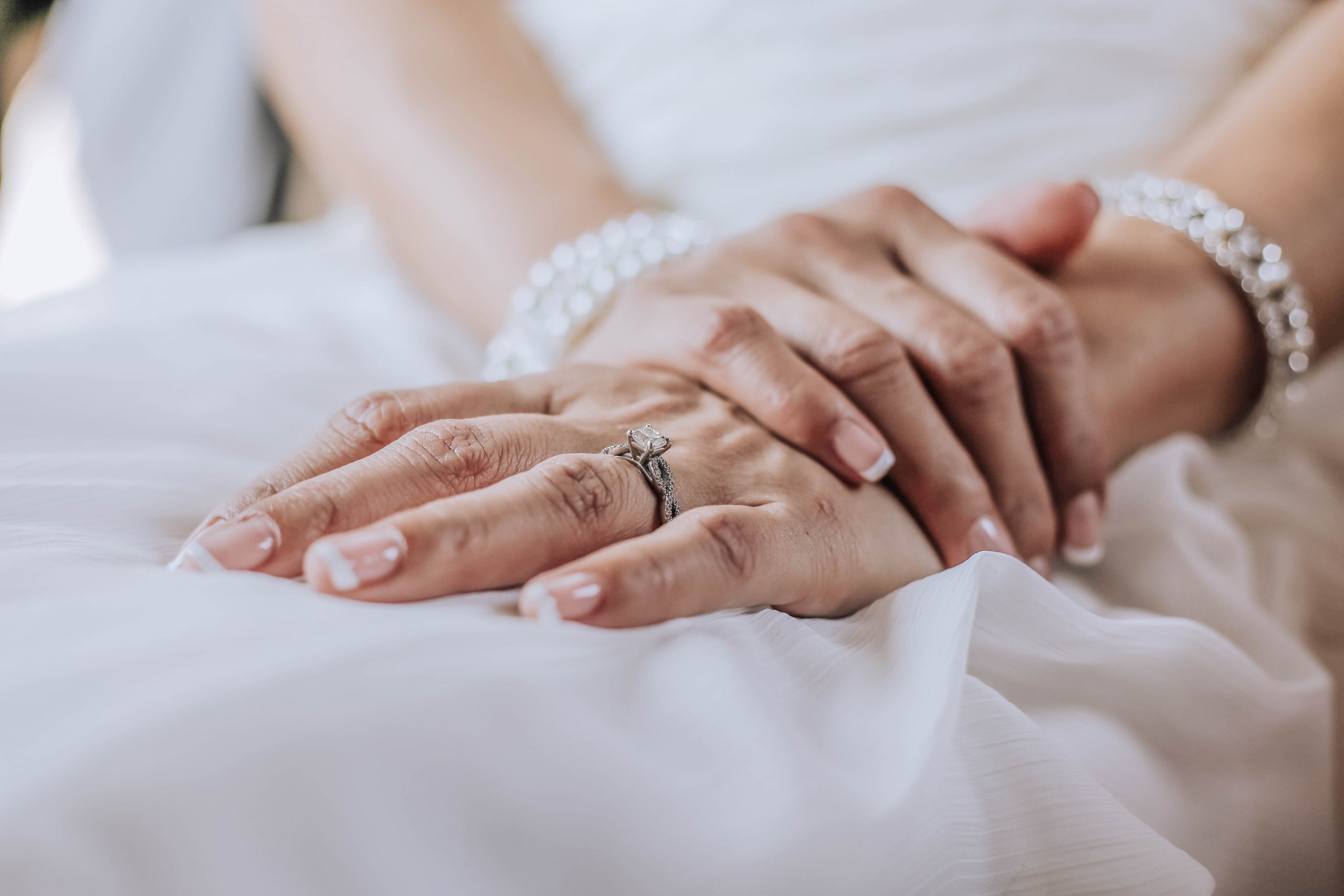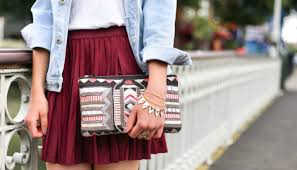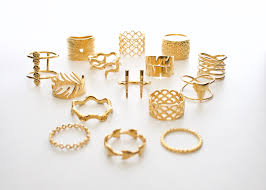What do you mean by the term “jewelry”?
Table of Contents
ToggleJewelry includes a wide range of accessories worn on the body, such as necklaces, earrings, bracelets, and cufflinks, all of which are decorative. Who can wear Jewelry on the person’s person or their clothing?
From a western perspective, the phrase is restricted to durable ornaments, eliminating flowers. For many centuries metal, such as Gold, often mixed with gemstones, has been the standard material for Jewelry; however, who may utilize other materials such as shells and other plant materials.
In this article, we shall explore Facts about Jewelry.
Jewelry is made from a variety of materials.
Silver
- Silver is a precious metal. It’s designated as one of the Metals of Antiquity: metals humanity identified and utilized in prehistoric times.
- Besides being utilized for money throughout human history, the most significant use of silver was creating Jewelry and other general-use things. This is still the situation today.
Gold
Pure Gold is a bright reddish-yellow precious metal rated in Karats (k) (k). It is comparable to silver in that it’s one of the Metals of Antiquity and was used for producing coins, Jewelry and even issued as circulating money (think Gold Standard as monetary policy pre-1971) (think Gold Standard as monetary policy pre-1971).
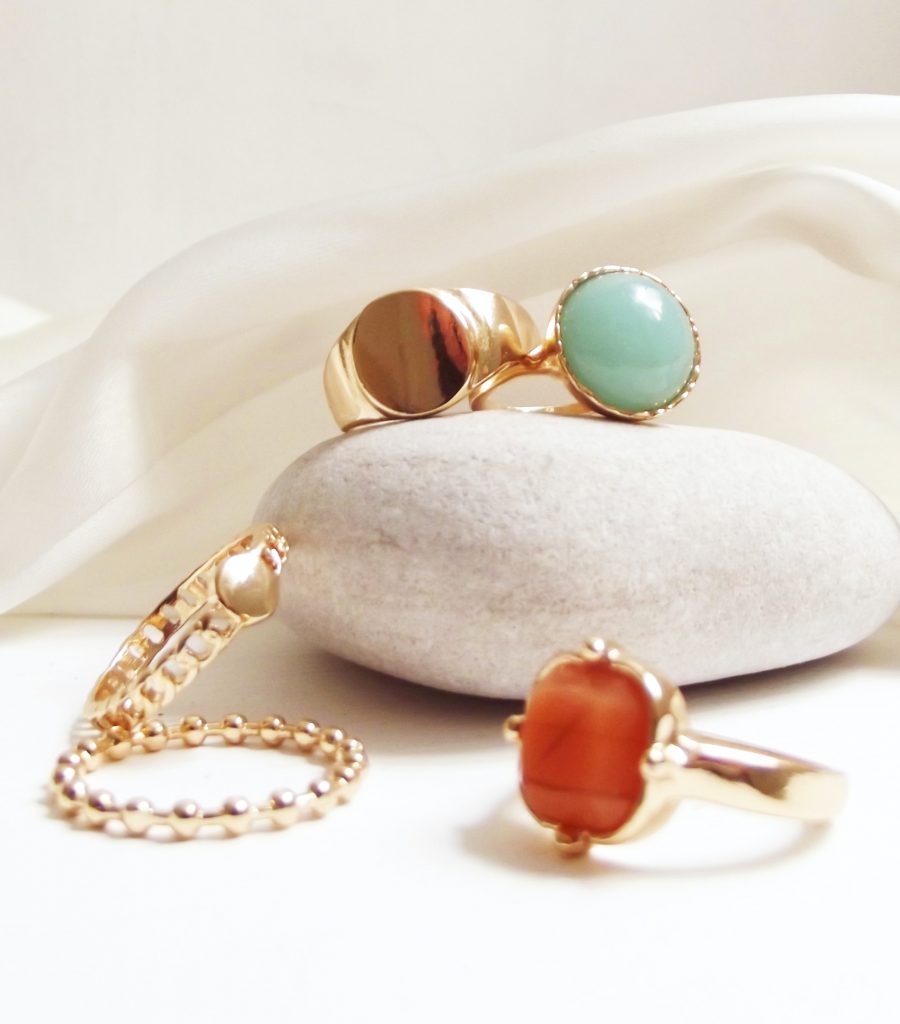
Platinum.
- Precious platinum is a silver-white metal that is highly dense and ductile.
- It’s one of the rarest minerals in the world, which may explain the plaudits behind performers winning a Platinum disc or acquiring a Platinum credit card, and it has become synonymous with luxury and longevity.
Titanium
- Titanium is a beautiful, high-strength metal with a silver tint.
- Titanium was found in Cornwall in 1791 and afterward named after the Titans of Greek mythology.
Best designs of Jewelry for women’s
Antique Jewelry
Many people refer to centuries-old Jewelry as “antique jewelry,” “vintage jewelry,” or “heirloom jewelry,” which refers to heirloom pieces that have been passed down from generation to generation.
On the other side, vintage Jewelry is a piece at least fifty years old and has that ‘never out-of-fashion jewelry design.
This difference makes antique Jewelry worn only on rare occasions, while vintage Jewelry can be worn anytime you wish for a fashion statement. Lately, people are embracing antique Jewelry, and many fans are striving to find such jewelry items as much as possible.
Filigree Jewelry
- ‘Filigree’ derives from the Latin language, ‘filum’ and ‘granum.’ “Filum” refers to thread, whereas “granum” denotes grain. Indian and Asian Jewelry often features this style of design. From the 1660s to the 1990s, French and Italian goldsmiths and jewelers were well-known for using this technique.
- Elegant silver or gold jewelry is combined with delicate beading or wires to create motifs that are as artistically arranged as possible in this jewelry design.
Temple Jewelry
- This popular Jewelry is worn by the Bharatanatyam dancers and is known as temple jewelry. Incorporating images of demigods and goddesses from several religions, this piece of Jewelry symbolizes our shared heritage. There are also traditional birds like the peacock and fish depicted in these jewelry pieces, in addition to gods and cultures.
- This form of Jewelry usually is manufactured using silver and then coated with Gold using various kinds of stones, including emeralds, white sapphire, rubies and pearls. You may design jewelry materials, including necklaces, earrings, bangles, nose pins, etc. Armbands, baazuban, waist belts, Dalai seaman, Pillai, and other types of Jewelry explicitly designed for dancers can also be found.
Jewelry with Polka Dots
- This kind of Jewelry was introduced in India by the Moghuls.
- Uncut, flat-cut, and rose-cut diamonds are referred to as “polka” in the trade. These are not as thick as regular-cut and facetted diamonds (such as round brilliants), nor do they sparkle so much. It follows, then, that polkas cost less than brilliants diamonds. The policy is also valid and commonly used in jade/jaguar/Kundan jewelry.
- Nowadays, to make Kundan jewelry more inexpensive and within reach of more people, we employ glass instead of polkas/uncut diamonds.
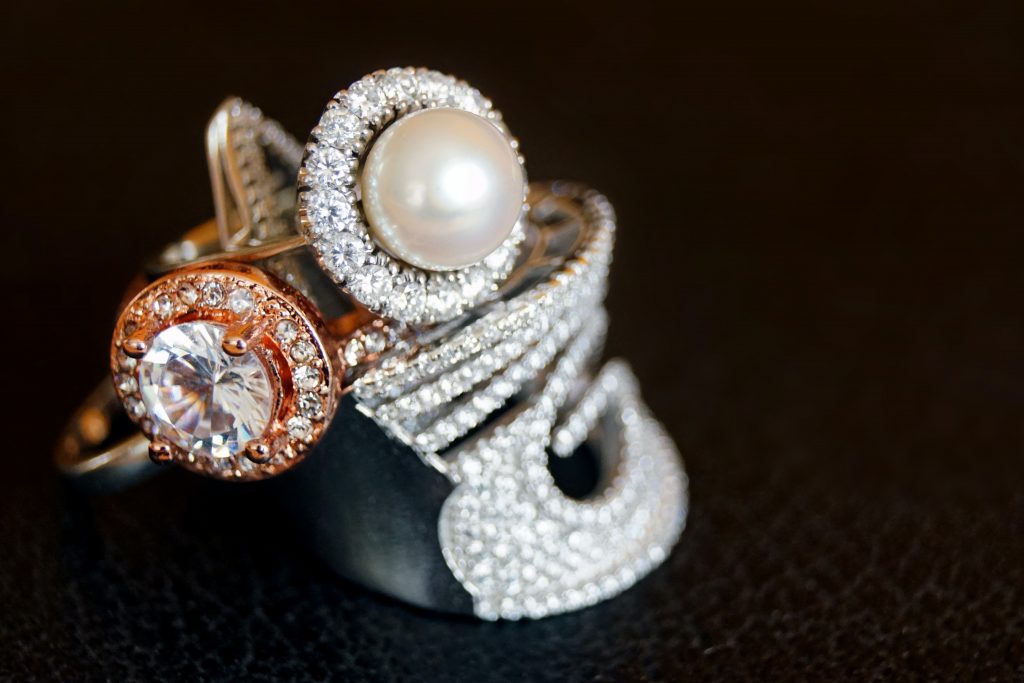
Minakari Jewelry
The Indian technique of enameling metal with brilliant colors and exquisite designs is called minakari, a word originating from the Persian word’s mina, meaning heaven, and minor, meaning the azure blue sky.
It is comparable to cloisonné work used to embellish Jewelry. Cloisonné’s work has been famous in Western Asia, China, and some sections of Europe. As we know it today, Minakari enameling is supposed to have come to India via Iran.
Facts about Jewelry
We’ll share some fun and intriguing facts about Jewelry with you in this article.
- Jewels and other decorative objects are old as the human species itself.
- In India, diamonds were discovered for the first time approximately 2400 years ago. The primary modern supply of diamonds in South America.
- In 1477, Emperor Maximilian of Austria began the custom of presenting a fiancée with an engagement ring. He presented his soon-to-be wife Mary of Burgundy’s wonderfully designed ring as a marriage vow.
- 75 percent of American women receive engagement rings made of Gold and diamonds.
- Egypt and Mesopotamia were the first two ancient civilizations that started the organized creation of Jewelry. With their contributions to metallurgy and gemology, subsequent civilizations were able to build elaborate Jewelry. Facts about Jewelry are a fantastic resource.
- The largest diamond that whoever found is “The Cullinan.” It weighs astonishing 1.3 pounds.
- Jewelry has undergone several transformations over time because of the rise and fall of various civilizations and shifts in fashion.
- Some of the most noteworthy fashion styles that affected jewelry manufacture are Victorian, Romanticism, Art Deco, Art Nouveau, Renaissance, and many more.
- The earliest diamonds were created from whatever was readily available around our ancestors’ settlements.
- Arrival of the metal era enabled the production of the first artistic Jewelry.
- The color clarity of emerald, sapphire, and rubies is essential. Facts about Jewelry are a fantastic resource.
- Only one in a million mined diamonds ends up in Jewelry.
- Amber is at least 30 million years old fossilized tree sap.
- A volcanic glass called obsidian is formed during the eruption process.
- Jewelry made from a well-known material Black Jet, popularized during Queen Victoria’s reign, is manufactured from fossilized coal formed around 180 million years ago.
- First synthetic diamonds appeared throughout the 1950s.
- Most pearls manufactured today are cultivated or artificial. A little shell is inserted into an oyster, covering it with pearl material over at least three years.
- In ancient times name Sapphire described all blue stones. Similarly, all yellow stones were termed Topaz.
- the United States is the world’s most significant consumer of diamonds.
- Diamonds are all over 3 billion years old and were formed from carbon that was heated and compacted into diamond shape at a depth of 100 miles below the earth’s surface.
- The luster, durability, and suppleness of Gold make it a preferred raw material for Jewelry.
- Silver has been used in Jewelry for nearly 6,000 years.
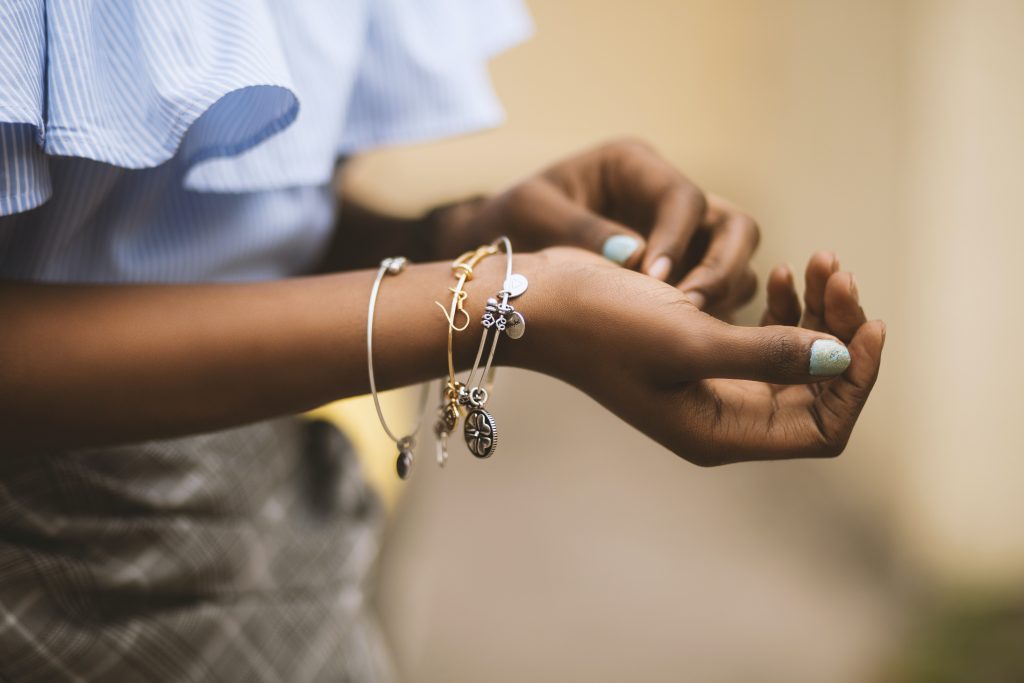
Fun & Interesting Facts About Jewelry
- In Sanskrit, the name for ruby is statfarad, which means ‘kind of valuable stones.’
- 2The primary purpose of Jewelry has always been to elevate one’s social status. In ancient Rome, only a few high-ranking people were allowed to wear rings.
- In prehistoric times, three 75,000-year-old snail shell beads were discovered in Africa’s Blombos Cave.
- There have been antique bracelets fashioned from mammoth tusk in Russia.
- Kunzite, a lovely pink stone, loses its luster when exposed to direct sunshine for an extended period. It was previously called the ‘Evening Stone.’
- Huge earrings are a statement of masculinity, prowess, power, and rank in various African civilizations. it’s also a beautiful Fact about Jewelry for women.
Don't Miss:
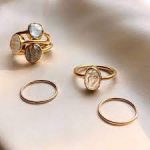 Top 10 Things To Keep In Mind When Buying Jewelry
Top 10 Things To Keep In Mind When Buying Jewelry
 Get Your Wrist Jewellery Right – 8 Easy Tips To Styling Bracelets
Get Your Wrist Jewellery Right – 8 Easy Tips To Styling Bracelets
 Top Amazing Camping Activities For Adventure In Camping
Top Amazing Camping Activities For Adventure In Camping
 State regulators call for consistent pet insurance rules
State regulators call for consistent pet insurance rules
 How to make your own self-hosted VPN in under 30 minutes
How to make your own self-hosted VPN in under 30 minutes
 Satisfying Subaru SUVs That People Love Driving and Owning
Satisfying Subaru SUVs That People Love Driving and Owning
 5 Reasons the 2022 Jeep Grand Cherokee Is Topping the Sales Charts
5 Reasons the 2022 Jeep Grand Cherokee Is Topping the Sales Charts
 Here’s Why The 2023 Honda CR-V Is A Better Crossover Than The Subaru Outback
Here’s Why The 2023 Honda CR-V Is A Better Crossover Than The Subaru Outback

